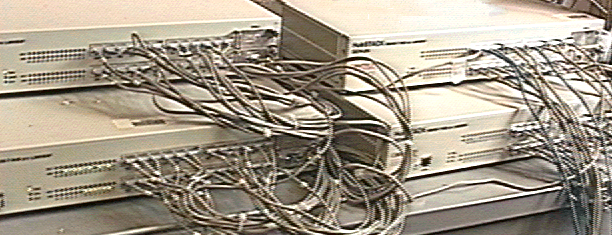
Figure 12, Diagram of local area network

Figure 13, Switching hub used to route traffic on the local area network.

Figure 14, Hubs which connect groups of student machines to the switching hub.
The SWITCHING HUB, Figure 13, is a key element in the network configuration. This device routes data from a given source to its destignation without putting traffic on the other lines in the network.
Student machines are connect in groups of 24 with standard hubs, Figure 14, each of which is connected to the switch with a 10Mbps line. The servers use parallel full duplex 32 bit microchannel ethernet cards to provide the necessary data rate to the switching hub.
Network traffic from other campus sites and the Internet is connected directly to the switching hub which routes the data to the appropriate server or student station without putting data on other network lines in local area network.

Figure 12, Diagram of local area network

Figure 13, Switching hub used to route traffic on the local area network.

Figure 14, Hubs which connect groups of student machines to the switching hub.